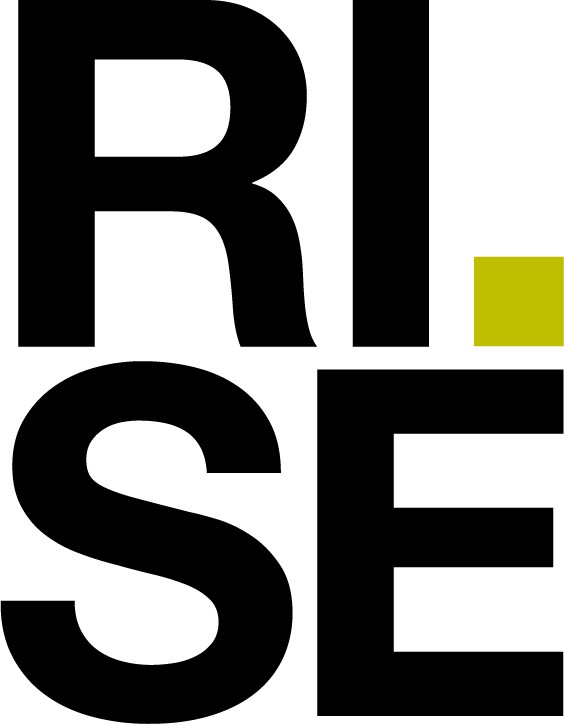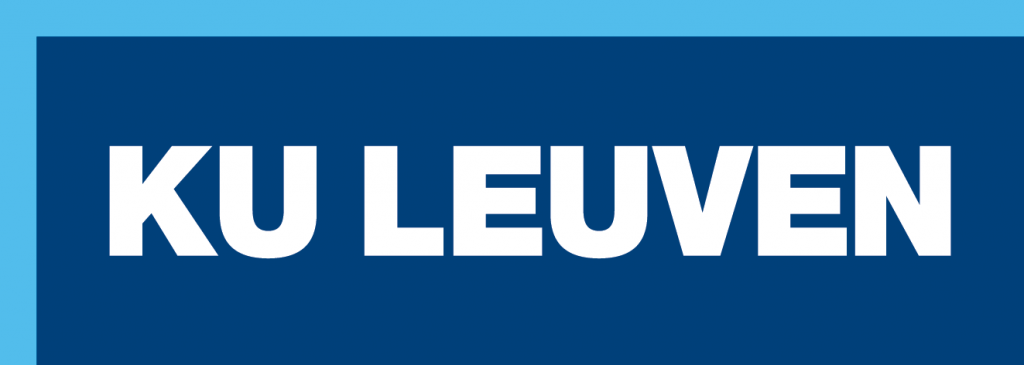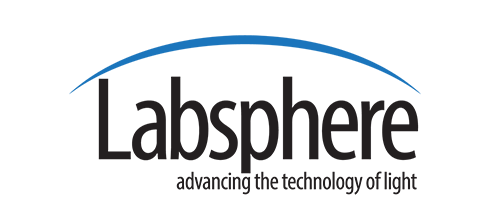| CNAM | Conservatoire national des arts et métiers | France |
| Aalto | Aalto-korkeakoulusäätiö sr | Finland |
| CMI | Cesky Metrologicky Institut | Czech Republic |
| CSIC | Agencia Estatal Consejo Superior de Investigaciones Científicas | Spain |
| DFM | Dansk Fundamental Metrologi A/S | Denmark |
| METAS | Eidgenössisches Institut für Metrologie METAS | Switzerland |
| PTB | Physikalisch-Technische Bundesanstalt | Germany |
| RISE | RISE Research Institutes of Sweden AB | Sweden |
| DTU | Danmarks Tekniske Universitet | Denmark |
| Innventia | RISE Innventia AB | Sweden |
| KU Leuven | Katholieke Universiteit Leuven | Belgium |
| UJM | Université Jean Monnet Saint-Etienne | France |
| CI | Callaghan Innovation | New Zealand |
| Labsphere | Labsphere, Inc. | United States |
| Lucideon | Lucideon Limited | United Kingdom |
| NCS | NCS Colour Aktiebolag | Sweden |
| SG | Saint Gobain Recherche SA | France |

CNAM has coordinated JRPs xDReflect and BiRD. CNAM has 15 years of working experience in metrology of appearance and good knowledge of the industrial needs. CNAM will coordinate BxDiff . CNAM has developed an ultra-high angular resolution goniospectrophotometer that will be used for the study on speckle (WP1). Also, this device will be adapted to measure BSSRDF (WP3).

Aalto is much experienced in primary spectrophotometry and has been the first lab to develop a primary facility for the measurement of the bidirectional spectral luminescent factor. In this project, Aalto will develop one of the two primary facilities for the measurement of the BTDF (WP2) and will contribute to the definition of this quantity.

CMI was the impact work package leader and webmaster for JRPs xDReflect and BiRD. They have been assigned those important tasks in this project (WP6 Creating Impact). CMI has developed a goniospectrophotometer with a very low noise sensitivity and will be involved in WP1 for the studies devoted to reduction of measurement uncertainties on BRDF.

CSIC has the most versatile and efficient goniospectrophotometer of the consortium. It can measure fluorescence, colour, sparkle or gloss. CSIC is very experienced in measurement of appearance. In this project, CSIC will develop a new line on its device to perform the first BSSRDF measurement and has logically been assigned the leadership of WP3. CSCI will also provide its experience to all other work packages.

DFM has 10 years of practical and theoretical experience with scatterometry and confocal microscopy for characterization of nanostructures. DFM is experienced in developing mathematical models for scatterometry. Therefore, DFM will lead WP4 and will be involved in WP1 to work on micro BRDF and multiscale traceability.

METAS has recently built its own goniospectrophotometer. This device still needs some validation but it is the only facility allowing for measurements on the very small samples targeted in this project. Therefore, METAS will lead activities on microscale BRDF. They will also be active in the comparisons on BRDF to validate its device. METAS will therefore lead WP1.

PTB has the longest experience in BRDF measurements and the lowest uncertainty of these measurements in the consortium. PTB will give vital input to WP1, in particular regarding the work on reduction of the uncertainty on BRDF. In the project, PTB will focus in the development of a primary facility on BTDF and will lead WP2.

RISE has much expertise in roughness and microtopographic measurements. The knowledge of these parameters is essential for the study of speckle and for modelling. RISE has logically been assigned coordinator of WP5.

DTU will bring to the consortium its experience in material appearance modelling and rendering. This skill is essential to interpret the measurements made on BSSRDF and on the multiscale study of BRDF. It will be also precious to promote the project outcomes with virtual images. The main activity of DTU will be in WP4.

Innventia will bring its facilities and knowledge on pulp and paper in WP5 and will be important in Task 2.4 for providing the link with existing industrial measurements.

KU Leuven has strong skills in modelling surface and volume scattering based on ray tracing and will be participating in WP4 to interpolate measurements on BTDF and BSSRDF. KU Leuven has a versatile goniospectrophotometer that will be used in WP3 to test the transfer of the BSSRDF unit.

UJM is expert in theoretical optic and photonics. Their skills in coherent light scattering will be precious for the consortium, particularly for speckle. UJM will work mainly in WP1 to provide light scattering models to analyse measured data and to propose solutions for speckle issue in BRDF measurement.

CI is very experienced in BRDF measurements. This experience will be used in WP1 on the work on reduction of BRDF uncertainty. CI has also a long experience in transmittance and haze measurements and will thus participate in WP2.

Labsphere produces quasi-Lambertian samples which NMIs use as reference materials for reflectance and BRDF. Labsphere will supply dedicated and custom samples for the technical WPs and will provide advice and experience in WP5.

Lucideon produces colour ceramic tiles which NMIs used as colorimetric and reflectance standards. Ceramic is particularly well adapted for BRDF and BSSRDF measurements. Lucideon will provide custom samples and experience in WP5.

NCS manufactures the most popular commercial gloss scale. This means NCS is highly skilled in mastering roughness and microtopography of surface. NCS will provide custom samples presenting variation of roughness and experience in WP5.

SG (Saint-Gobain group) is world leader in glass production and will bring its experience in WP5 by providing texturized surfaces and glass samples. It will also participate with their goniospectrophotometer in a comparison in WP2.